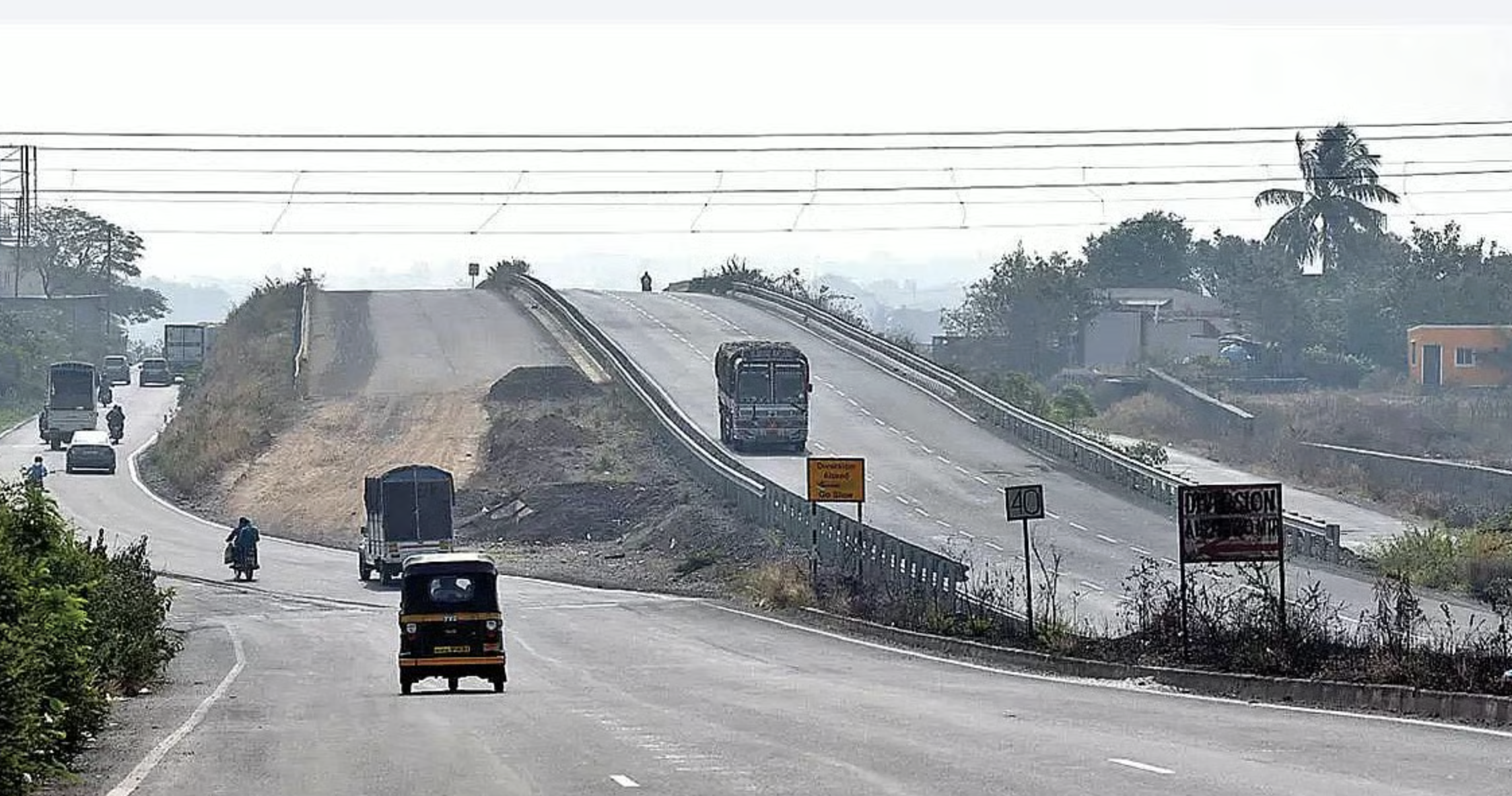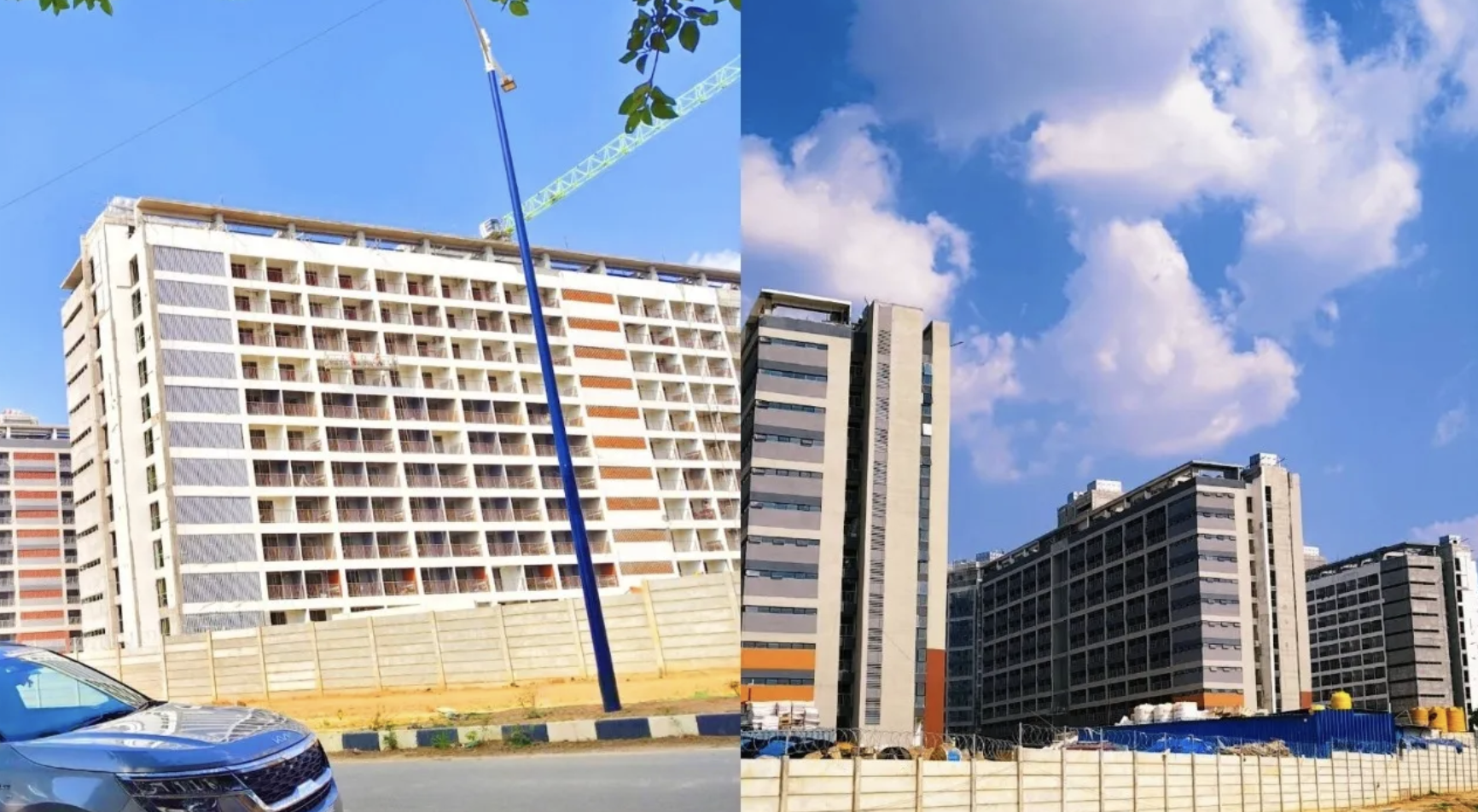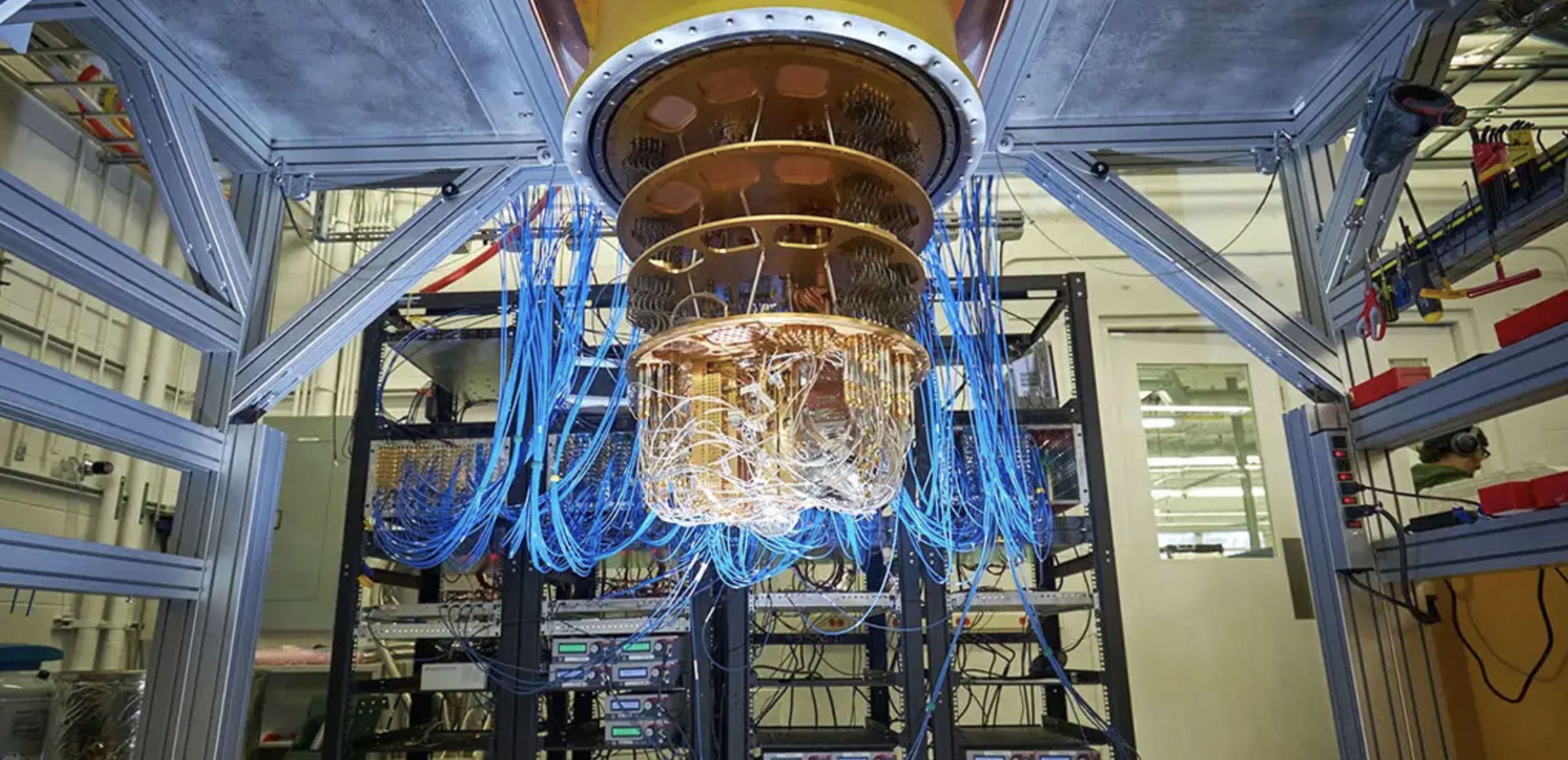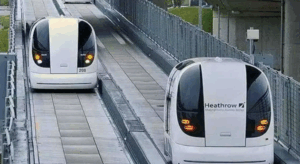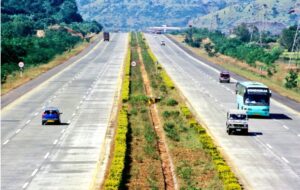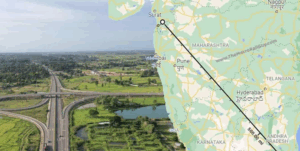India’s first high-speed rail corridor, connecting Mumbai and Ahmedabad, is progressing rapidly. The National High-Speed Rail Corporation Limited (NHSRCL) has completed 360 km of track, with major structural milestones in Gujarat. The Maharashtra section, though delayed, is also advancing steadily.

Key Developments in Gujarat
- All five PSC bridges completed – These include a 260-meter-long bridge near Kosamba, ensuring seamless connectivity between Surat and Bharuch stations.
- Boisar Bullet Train Station takes shape – The station’s design reflects the cultural heritage of Konkani fishermen, enhancing local identity.
Maharashtra’s Progress & Challenges
Union Railway Minister Ashwini Vaishnaw confirmed that nearly 2 km of the undersea tunnel is complete. However, delays due to past administrative hurdles and land acquisition issues have slowed progress. The government is working to overcome these setbacks.
Economic Impact & Employment Generation
Minister Ravneet Singh Bittu highlighted that nearly one lakh people are employed in the project. The high-speed rail will boost regional connectivity, stimulate business growth, and contribute to India’s infrastructural transformation.
Collaboration with Japan & Future Prospects
Developed in partnership with Japan, the Bullet Train will operate at speeds of 300-350 kmph. The project, costing ₹1.08 lakh crore, will link key business hubs, including Mumbai, Surat, Vadodara, and Ahmedabad, driving economic expansion in both states.
Conclusion
India’s Bullet Train project is on track to revolutionize transportation, enhance connectivity, and foster economic development. With substantial progress in Gujarat and renewed momentum in Maharashtra, the vision of high-speed rail travel in India is steadily becoming a reality.
4o
